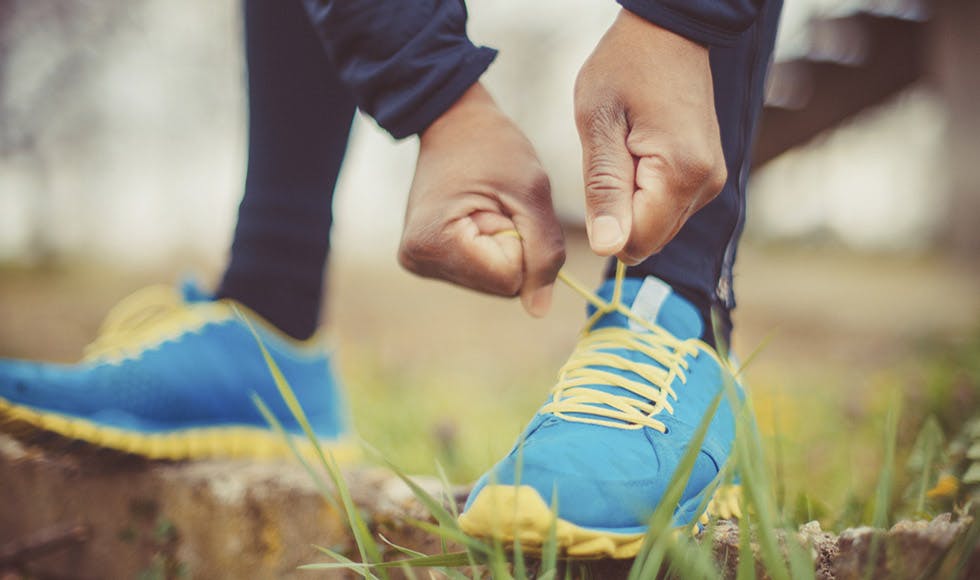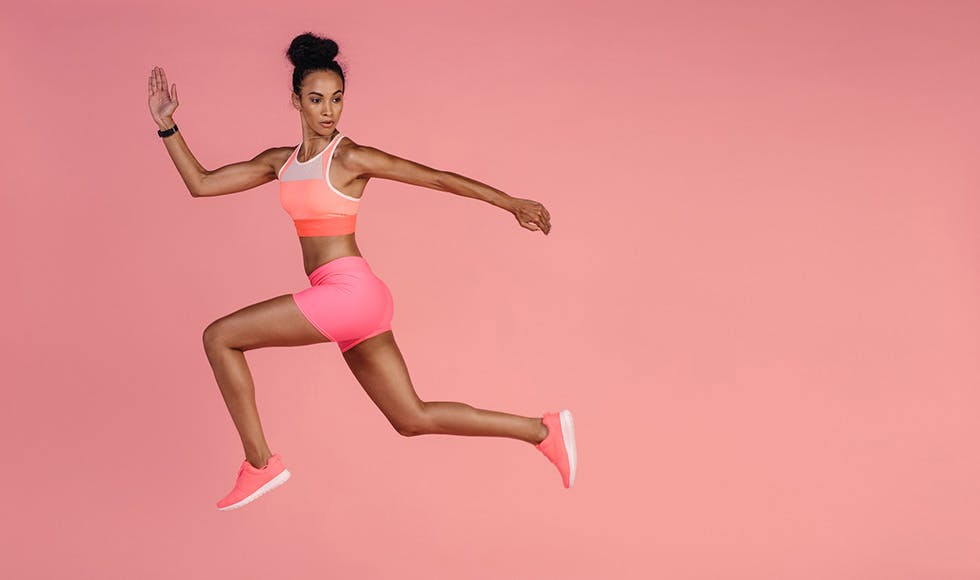6. Include variety in your training
Variety makes training more interesting, can prevent injury, and may even help to boost your performance. There are many ways you can add variety to your training routine, such as running on different surfaces (road, grass or sand), running at different times of the day, running on a treadmill, or incorporating runs with hills and stairs.
Read |
3 reasons why runners should be cross training
7. Get your diet right
Running training will place extra demands on your body, and it will perform better with the right fuel mix. Focus on foods that are minimally processed to provide slow release energy and maximum nutrition.
The three crucial ingredients are quality carbohydrates (vegetables and whole grains), lean sources of protein (eggs, seafood, low fat diary) and healthy fats (olive oil, avocado and nuts).
Read |
The top 10 power foods for runners
8. Wear the right gear
When you look and feel the part, you are more likely to perform better. There are countless running accessories available such as compression tights, water packs, foods such as gel sachet’s, and clothing specifically designed for running, including shirts, socks and shorts.
Read |
What to wear? Dress for running success
9. Remember to stretch
Warming up, cooling down and stretching afterwards should become ingrained into your routine.
Make sure the stretches you perform target the muscles specifically used during running, such as the thighs, hamstrings, calves and buttocks. This should help to boost recovery and prevent muscles soreness.
Read |
5 stretches every runner should know
10. Include regular time trials
Map out a five kilometre course and time how long it takes to complete it on a weekly or fortnightly basis. Sure, you will have to walk some of the way in the early days. But this is a motivating training challenge which helps to measures your progress and gives you a benchmark to improve upon.
Read |
How to run a time trial 





